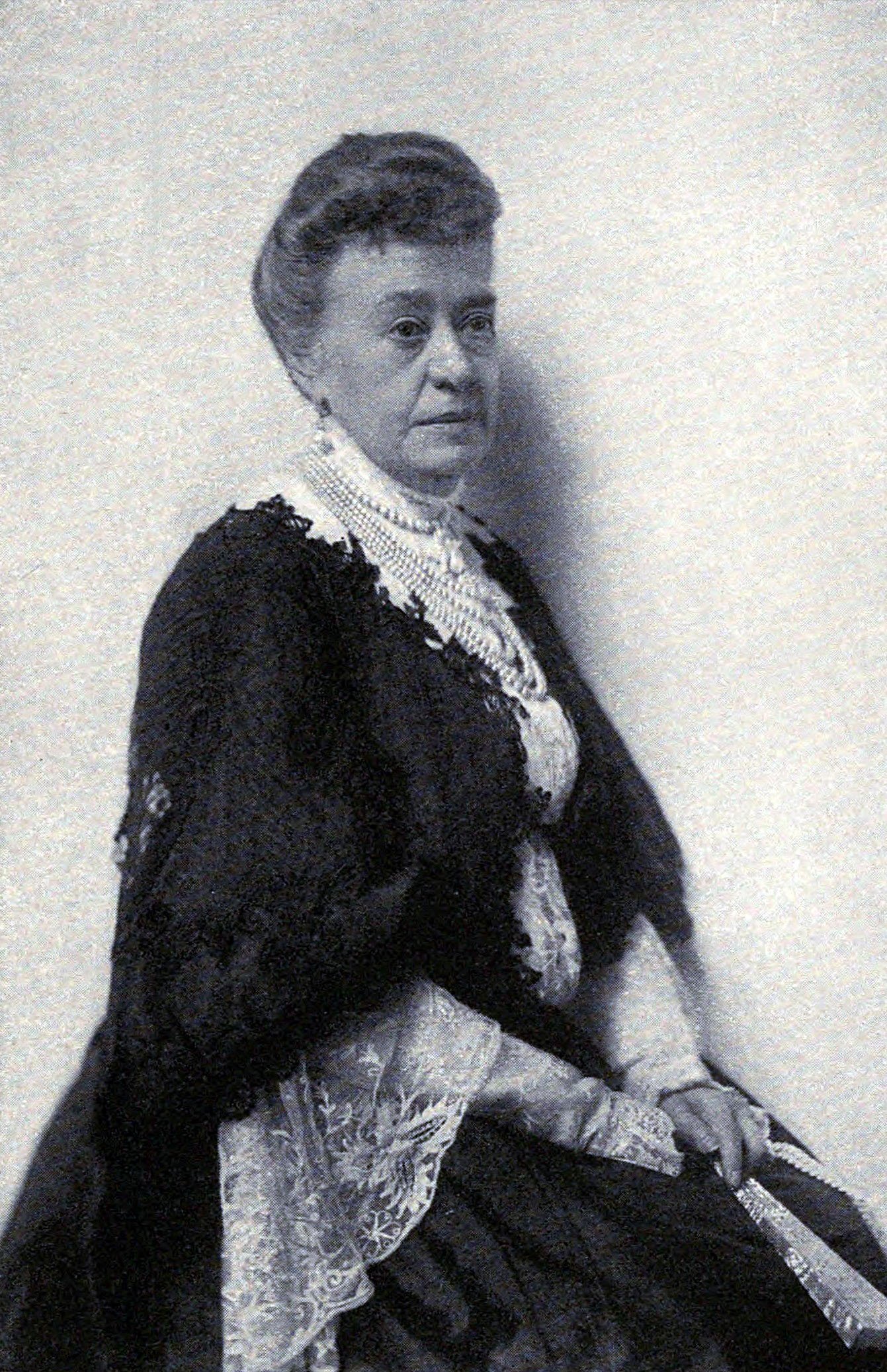After students spoke up about Junipero Serra and his abuse of Native American communities, Stanford decided to rename some locations on campus that had been in his name. Most recently, the sprawling Serra Mall was renamed Jane Stanford Way. As renaming efforts have progressed, it seems as though there is a clear pattern in the name selections. Serra dormitory has been renamed Sally Ride, after the famous female astronaut, and Serra House has been renamed after Carolyn Lewis Attneave, a Native American psychologist. Finally, Serra Mall has been renamed for Jane Stanford, the coeducation advocate who worked closely with her husband to found our institution. All of the names belong to famous women with ties to Stanford.
I think it’s great that we are renaming spaces to reflect diversity and achievement, rather than Serra’s racist legacy. But is Jane Stanford really the symbol of inclusion we want to be putting forth as an institution? While she was instrumental in founding Stanford as a coeducational university, her commitment to gender equality had a clear limit. As the number of women enrolled in the university began to skyrocket, Jane Stanford became nervous and capped the number of women to 500. Even decades after Jane Stanford died, this cap would haunt the institution. As class sizes grew, male enrollment rose while female enrollment became more and more competitive. With male students making up an overwhelming majority, it became clear that female spaces, like the women’s gym, were not being maintained as well as those of their male counterparts. The inequality was so drastic that some male students even claimed that women should be barred from the institution altogether.
Though the consequences of Jane Stanford’s cap were bad enough, things could have been even worse. In 1903, as Jane Stanford prepared to give up her control over the university, she gave a speech in which she said that “if the Trustees should ever conclude that coeducation was a failure they should abolish it.” In other words, by the end of her career, Jane Stanford was completely open to banning women from the university.
It wasn’t until 1973 that Stanford was finally able to officially remove sex-based limits from its documents. For almost a century, Jane Stanford had left a cloud of gender inequality over the coeducational university she had worked so hard to bring to life. The hypocrisy of her mixed legacy serves as a good reminder for us of who Jane Stanford was. She was a visionary, a progressive and much more, but she was also a person of her time. Though she believed women deserved some opportunities, she was not a true feminist.
Hundreds of visionaries have been associated with Stanford — it is not as though Jane Stanford is the only one. Why not celebrate a diversity hero of our time rather than one of the 19th century? Tiernan Davidson ’20 has been instrumental in fighting for equal pay for US Women’s Soccer; Michelle Alexander, JD ’92 won the NAACP image award for best nonfiction for her book about racial inequality. These are people changing the world around us right here and now. Why not celebrate Stanford women like these, those who stand for equality as we see and value it today?
Right now, Stanford has a unique opportunity. They have the chance to rename spaces on campus after true champions of diversity and inclusion. They have the chance to make a statement about our beliefs as a university in the year 2019 — but instead, by using Jane Stanford’s name, values of inequality are again being championed on campus. I believe Stanford, and its women, deserve better.
Contact Kirsten Mettler at kmettler ‘at’ stanford.edu.
